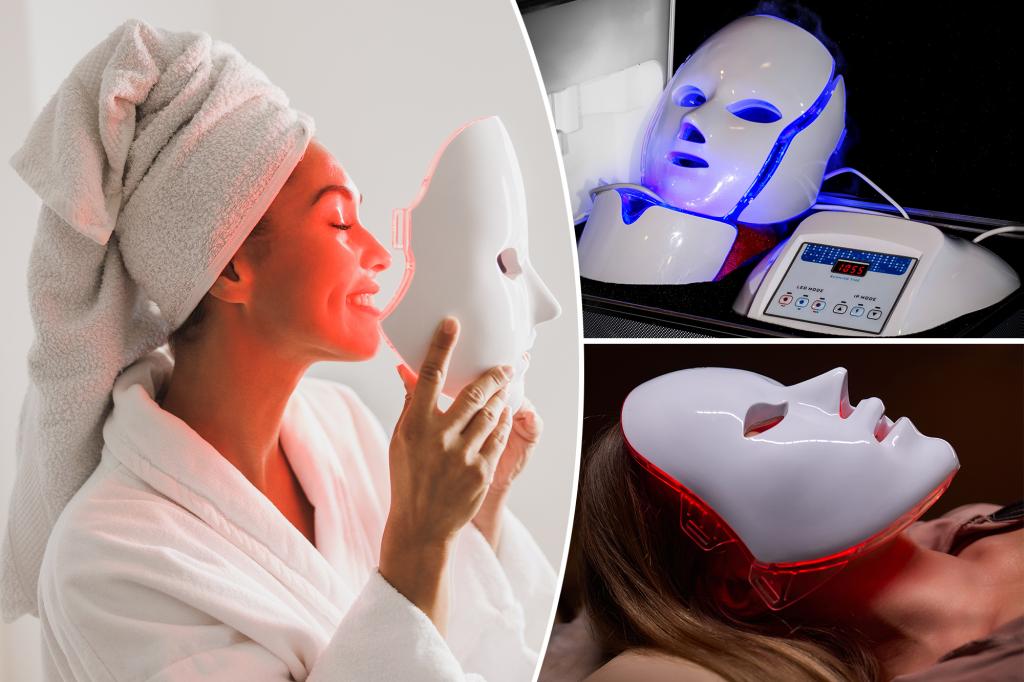The use of LED light therapy in the cosmetic industry has gained popularity in recent years, with at-home devices such as masks and wands becoming widely available. These tools claim to rejuvenate the skin by reducing fine lines, redness, acne, and improving overall skin tone and texture. However, the efficacy of these products has been questioned by critics, including a recent report in the Times UK which found that some claims made by manufacturers may be misleading.
One brand, Lyma, commissioned researchers to audit claims made by their competitors and found that the efficacy of at-home light therapy devices was “highly questionable” and only impacted the outer layer of the skin. Despite this, LED therapy has been approved by the Food and Drug Administration for decades, with studies published in reputable scientific journals showing measurable benefits to traditional LED therapy.
Dr. Henry Legere, Chief Medical Officer of Restore Hyper Wellness, explained that LED masks primarily target the skin’s outermost layer, providing superficial skin benefits. While they may not penetrate into the dermis for more profound changes, they can still be effective for maintenance and mild to moderate skin concerns. Different colors of light carry different wavelengths, with red light believed to stimulate collagen production and blue light having a bactericidal effect on acne-causing bacteria.
The risks associated with at-home LED therapy are minimal, with temporary redness, dryness, or irritation being the most common side effects. Clinical Aesthetician Pam Marshall noted that she has seen positive changes in her clients’ skin after using LED face masks at home, emphasizing the importance of making the surface of the skin calm and healthy to positively affect everything underneath. Despite some criticisms of the depth at which LED therapy penetrates the skin, many experts still believe that these devices can be beneficial for maintaining skin health.
In conclusion, the use of LED light therapy in the cosmetic industry has both supporters and critics. While some question the efficacy of at-home devices and their ability to penetrate deeply into the skin, others believe that they can still provide benefits for maintaining skin health and addressing mild to moderate skin concerns. Understanding the different wavelengths of light emitted by these devices is important in determining their potential impact on the skin. Ultimately, the decision to use LED light therapy at home should be made based on individual preferences and skin concerns, with the understanding that these devices may provide superficial benefits rather than profound changes.


